THE SCIENCE BEHIND WHY DO WE DO WHAT WE DO IN HINDU CULTURE....Venu








.This article is very informative and enlightening regarding
certain traditions in Indian culture.
1. Why do we place both palms together
In Indian culture, people greet each other by
joining their palms – termed as “Namaskaar or
Namastay.” The general reason behind this
tradition is that greeting by joining both the palms
means respect. However, scientifically speaking,
joining both hands ensures joining the tips of all the
fingers together; which are denoted to the pressure
points of eyes, ears, and mind. Pressing them
together is said to activate the pressure points
which helps us remember that person for a
long time. And, prevents any germs from being
exchanged since we don’t make any physical
contact! For the same reason food and drinks
touched by a person's tongue is not partaken by
Wearing toe rings is not just the significance of
married women but there is science behind it.
Normally toe rings are worn on the second toe.
A particular nerve from the second toe connects
the uterus and passes to heart. Wearing toe ring
on this finger strengthens the uterus. It will keep
it healthy by regulating the blood flow to it and
menstrual cycle will be regularized. As Silver is
a good conductor, it also absorbs polar energies
from the earth and passes it to the body.3. Why do we throw coins in the well,
The general reasoning given for this act is that
it brings Good Luck. However, scientifically
speaking, in the ancient times, most of the
currency used was made of copper unlike
the stainless steel / Nickle coins of today.
Copper is a vital metal very useful to the
human body. Throwing coins in the water
(well, pond and river) was one way our fore
-fathers ensured we intake sufficient copper
as part of the water as wells, ponds and rivers
were the source of drinking water. Making it a
custom ensured that all of us follow the practice.4. Why do we apply tilak / kumkum on the
On the forehead, between the two eyebrows,
is a spot that is considered as a major nerve point
in human body since ancient times. The Tilak is
believed to prevent the loss of “energy”, the red
‘kumkum’ between the eyebrows is said to retain
energy in the human body and control the various
levels of concentration.While applying kumkum
the points on the mid-brow region and
Aadnyaa-chakra are automatically pressed.
This also facilitates the blood supply to the face
People who are visiting the temple should and
will ring the bell before entering the inner sanctum
(Garbhagudi or Garbha Gruha or womb-chamber)
where the main idol is placed. According to Aagama
Shaastra, the bell is used to give sound for keeping
evil forces away and the ring of the bell is pleasant
to God. However, the scientific reason behind bells
is that their ring clears our mind and helps us stay
sharp and keep our full concentration on
devotional purpose. These bells are made in
such a way that when they produce a sound it
creates a unity in the Left and Right parts of our
brains. The moment we ring the bell, it produces
a sharp and enduring sound which lasts for
minimum of 7 seconds in echo mode. The duration
of echo is good enough to activate all the seven
healing centres in our body. This results in
emptying our brain from all negative thoughts.6. Why do we start our meals with spice &
Our ancestors have stressed on the fact that our
meals should be started off with something spicy
and sweet dishes should be taken towards the end.
The significance of this eating practice is that while
spicy things activate the digestive juices and acids
and ensure that the digestion process goes on
smoothly and efficiently, sweets or carbohydrates
pulls down the digestive process. Hence, sweets
were always recommended to be taken as a last item.7. Why do we apply mehendi / henna on the
Besides lending color to the hands, mehndi (Henna)
is a very powerful medicinal herb. Weddings are
stressful, and often, the stress causes headaches
and fevers. As the wedding day approaches,
the excitement mixed with nervous anticipation
can take its toll on the bride and groom. Application
of mehndi can prevent too much stress because
it cools the body and keeps the nerves from
becoming tense. This is the reason why mehndi
is applied on the hands and feet, which house
This tradition is not just about sitting on floor and
eating, it is regarding sitting in the “Sukhasana”
position and then eating. Sukhaasan is the position
we normally use forYoga asana-s. When you sit on
the floor, you usually sit in simple, relaxed cross
legged posture – in sukhasana or a half
padmaasana (half lotus), which are poses that
instantly bring a sense of calm and help in
digestion, it is believed to automatically trigger
the signals to your brain to prepare the stomach
for digestion.9. Why you should not to sleep with
Myth is that it invites ghost or death, but science
says that it is because human body has its own
magnetic field (also known as hearts magnetic field,
because of the flow of blood) and earth is a
giant magnet. When we sleep with head towards
north, our body’s magnetic field become completely
asymmetrical to the Earth’s Magnetic field. That
causes problems related to blood pressure and
our heart needs to work harder in order to
overcome this asymmetry of magnetic fields.
Apart from this another reason is that our body
has significant amount of iron in our blood. When
we sleep in this position, iron from the whole body
starts to congregate in brain. This can cause
headache, Alzheimer’s Disease, Cognitive
Decline, Parkinson disease and brain degeneration.
Therefore, the ideal position would be to sleep with
Piercing the ears has a great importance in
Indian ethos. Indian physicians and philosophers
believe that piercing the ears helps in the
development of intellect, power of thinking and
decision making faculties. Talkativeness fritters
away life energy. Ear piercing helps in speech
-restraint. It helps to reduce impertinent behavior
and the ear-channels become free from disorders.
This idea appeals to the Western world as well,
and so they are getting their ears pierced to wear
Hindus have a tradition of paying regards to
Sun God early in the morning by their water
offering ritual. It was mainly because looking at
Sun rays through water or directly at that time of
the day is good for eyes and also by waking up
to follow this routine, we become prone to a
morning lifestyle and mornings are proven to
be the most effective part of the day. It energizes
our body and natural vitamin D is produced
in the body. Moreover, surya namaskaara is
an all round exercise, which exercises many
parts of the body.12. Why do men have a shikha / choti (tuft)
Sushrut rishi, the father of surgery of the Ayurvedic
system, describes the master sensitive spot on the
head as adhipati marma, where there is a nexus of
all nerves. The shikha protects this spot. Below,
in the brain, is the Brahmaraandhra, where the
sushumnã (nerve) arrives from the lower part of
the body. In Yoga, Brahmaraandhrais the highest,
seventh chakra, with the thousand-petalled lotus.
It is the centre of wisdom. The knotted shikhã helps
boost this centre and conserve its subtle energy known
The underlying principle behind fasting is to be
found in Ayurveda. This ancient Indian medical
system sees the basic cause of many diseases as
the accumulation of toxic materials in the digestive
system. Regular cleansing of toxic materials keeps
one healthy. By fasting, the digestive organs get rest
and all body mechanisms are cleansed and corrected.
A complete fast is good for heath, and the occasional
intake of warm lemon juice during the period of fasting
prevents the flatulence. Since the human body,
as explained by Ayurveda, is composed of 80%
liquid and 20% solid, like the earth, the gravitational
force of the moon affects the fluid contents of the body.
It causes emotional imbalances in the body, making
some people tense, irritable and violent. Fasting acts
as antidote, for it lowers the acid content in the body
which helps people to retain their sanity. Research
suggests there are major health benefits to caloric
restriction like reduced risks of cancer, cardiovascular
diseases, diabetes, immune disorders etc.14. The scientific explanation of touching Feet
Usually, the person whose feet we touch is either
elderly, pious or a spiritual person, a sannyaasi /
monk. When they accept our respect which comes
from our reduced ego (and is called our shraddha /
faith) their hearts emit positive thoughts and energy
(which is called their karunaa) which reaches us
through their hands and toes. In essence, the
completed circuit enables flow of energy and
increases cosmic energy, switching on a quick
connect between two minds and hearts. It may
also be achieved through handshakes and hugs,
but to a limited extent. The nerves that start from
our brain spread across all our body. These nerves
or wires end in the fingertips of our hands and feet.
When we join the fingertips of our hand to those of
their opposite feet, a circuit is immediately formed
and the energies of two bodies are connected.
Our fingers and palms become the ‘receptor’
of energy and the feet of other person become
the ‘giver’ of spiritual energy.15. Why do married women apply sindoor or
It is interesting to note that that the application of
sindoor by married women carries a physiological
significance. This is so because sindoor is prepared
by mixing turmeric-lime and the metal mercury.
Due to its intrinsic properties, mercury, besides
controlling blood pressure also activates sexual drive.
This also explains why sindoor is prohibited for the
widows. For best results, sindoor should be applied
right up to the pituitary gland where all our feelings
are centered. Mercury is also known for removing
‘Peepal’ tree Produces Oxygen at night and therefore
is the saviour of the world.Peepal is almost useless
for an ordinary person, except for its shadow. ‘Peepal’
does not have a delicious fruit, its wood is not strong
enough for any purpose then why should a common
villager or person worship it or even care for it?
However our ancestors knew that ‘Peepal’ is
one of the very few trees (or probably the only
tree) which produces oxygen even at night.
So in order to save this tree because of its
unique property they related it to God / religion.17. Why do we worship tulasi (holy basil)
Hindu religion has bestowed ‘tulasi’, with the status
of mother. Also known as ‘Sacred or Holy Basil’,
tulasi, has been recognized as a religious and
spiritual devout in many parts of the world. TheVedic
sages knew the benefits of tulasi and that is why they
personified it as a Goddess and gave a clear message
to the entire community that it needs to be taken
care of by the people, literate or illiterate. We try
to protect it because it is like sanjeevani for the
mankind. Tulasi has great medicinal properties.
It is a remarkable antibiotic. Taking tulasi everyday
in tea or otherwise increases immunity and help
the drinker prevent diseases, stabilize his or her
health condition, balance his or her body system and
most important of all, prolong his or her life. Keeping
tulasi plant at home prevents insects and mosquitoes
from entering the house. It is said that snakes do not
dare to go near a tulasi plant. Maybe that is why
ancient people would grow lots of tulasi near their
houses. Moreover, in some research it was found
that tulasi plants give ozone instead of oxygen at
dawn. Ozone contains 3 atoms of oxygen. So if one
is near tulasi plant at dawn one will be taking in more
oxygen. Therefore people were told to worship tulasi
at dawn. Tulasi has its importance in other religions
and cultures as well. For example, in Islam it is said
that when Adam was driven out of paradise he
requested Allah to allow him to take 2 plants to
earth--one was zaitoon (olive) and the other was
rehaan (tulasi).
18. Why do we worship idol?
The mind needs support to focus its attention or to
concentrate.We take the support of space / direction, time,
object or symbol for this purpose. It is only natural for an
ancient religion to have allowed idol-worship to its followers
who were not intellectually mature enough to grasp the Rgvedic
concept of “One Being, neither male nor female, above
all conditions and limitations of personality and of human
nature; devoid of any form and attribute or quality”. As
long as we are identified with our body, mind and intellect
equipment it will be difficult for us to comprehend that
formless and attributeless Truth. Remaining identified with
the body, any concept of a formless Truth is also another
superimposed form, since formlessness is not an attribute of
the Truth. So long as one thinks oneself to be a form—
a mortal body with a name, even though one is really formless
and nameless,one must accept that God also has a name
and form. Only after one has lost one's ego-sense,
“I am the body”, can one know God as formless. It is
difficult for the mind to comprehend a word if it is not
associated with some form. Researchers say that idol
worship was initiated for the purpose of increasing
concentration during prayers. According to psychiatrists,
a man will shape his thoughts as per what he sees. If
you have 3 different objects in front of you, your thinking
will change according to the object you are viewing. Similarly,
in ancient India, idol worship was established so that when
people view idols it is easy for them to concentrate to gain
spiritual energy and meditate without mental diversion
Normally the wrist portion is in constant activation
on any human. Also the pulse beat in this portion is
mostly checked for all sorts of ailments. The Bangles
used by women are normally in the wrist part of ones
hand and its constant friction increases the blood
circulation level. Further more the electricity passing
out through outer skin is again reverted to one’s
own body because of the ring shaped bangles,
which has no ends to pass the energy outside but
Temples are located strategically at a place where
the positive energy is abundantly available from
the magnetic and electric wave distributions of north /
south pole thrust. The main idol is placed in the core
center of the temple, known as “*Garbhagriha*” or
*Moolasthaanam*. In fact, the temple structure is built
after the idol has been placed. This *Moolasthaanam*
is where earth’s magnetic waves are found to be
maximum. We know that there are some copper plates,
inscribed with Vedic scripts, buried beneath the main
idol. What are they really? No, they are not God’s /
priests’ flash cards when they forget the *shlokas*.
The copper plate absorbs earth’s magnetic waves
and radiates it to the surroundings. Thus a person
regularly visiting a temple and walking clockwise
around the main idol receives the beamed magnetic
waves and his body absorbs it. This is a very slow
process and a regular visit will let him absorb more
of this positive energy. Scientifically, it is the positive
energy that we all require to have a healthy life.
Sarva Dharma Samabhavaha,Sarve Jana Sukhino Bhavantu,
Sarva Mangalani Bhavantu.
__._,_.___
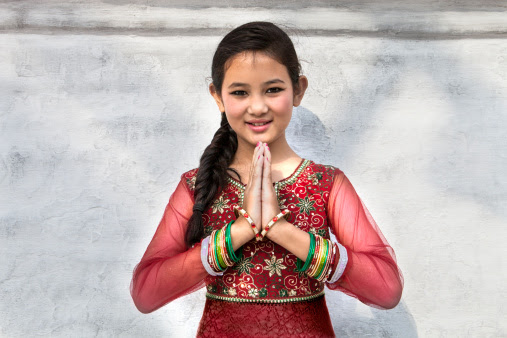
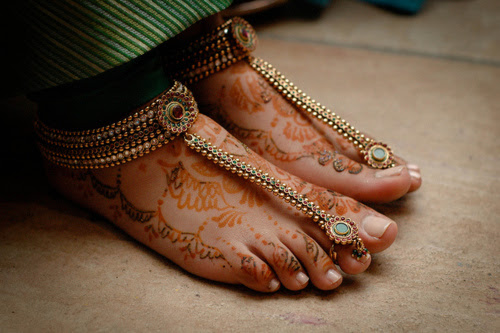
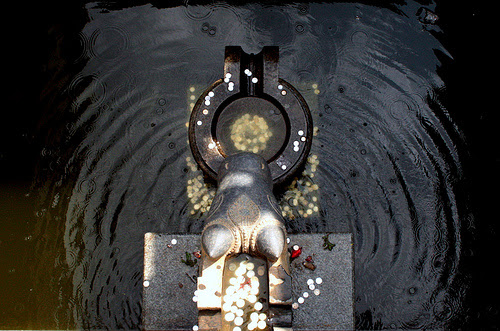
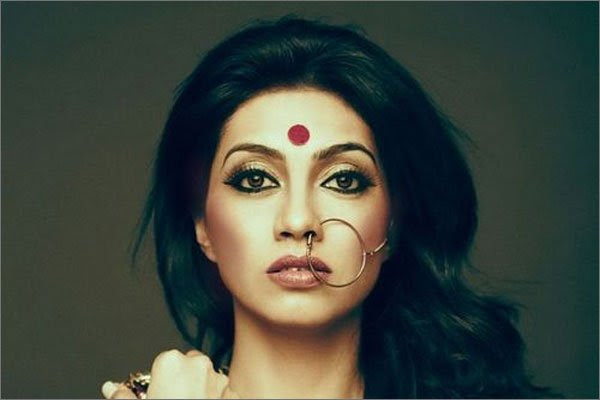
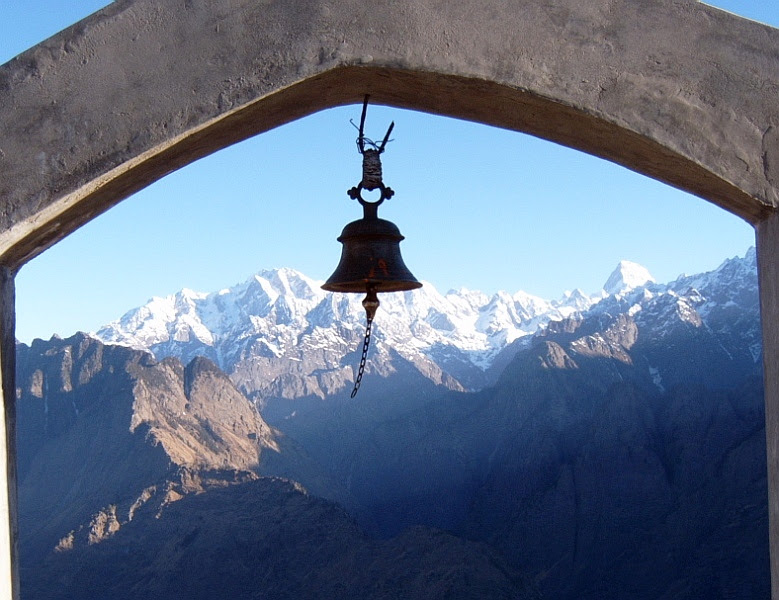
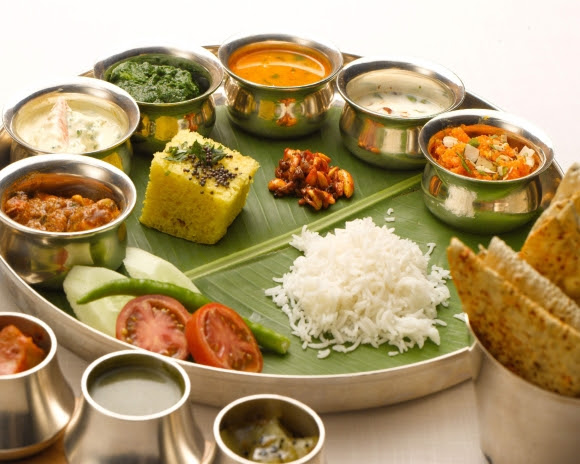
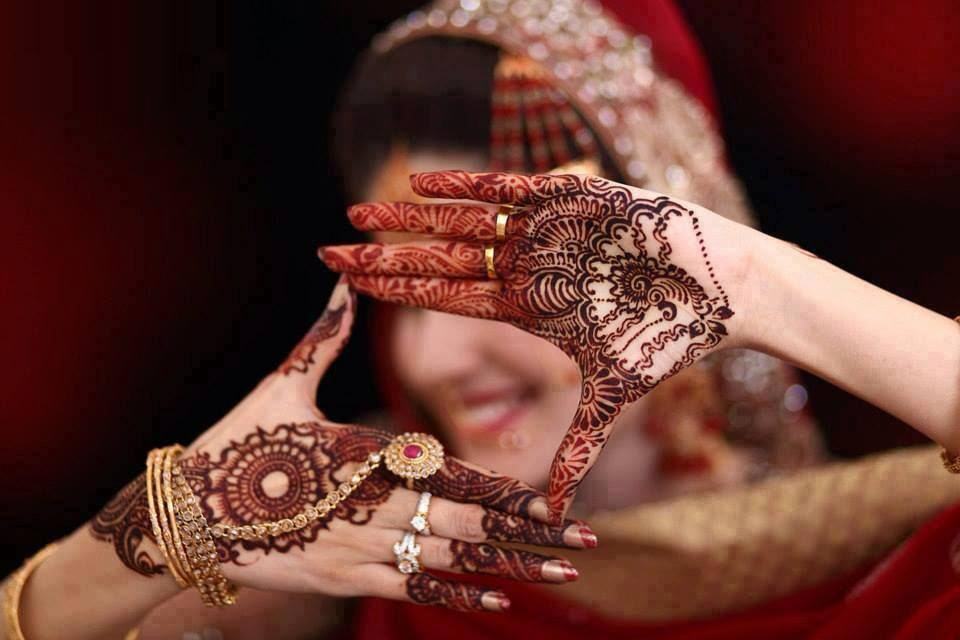

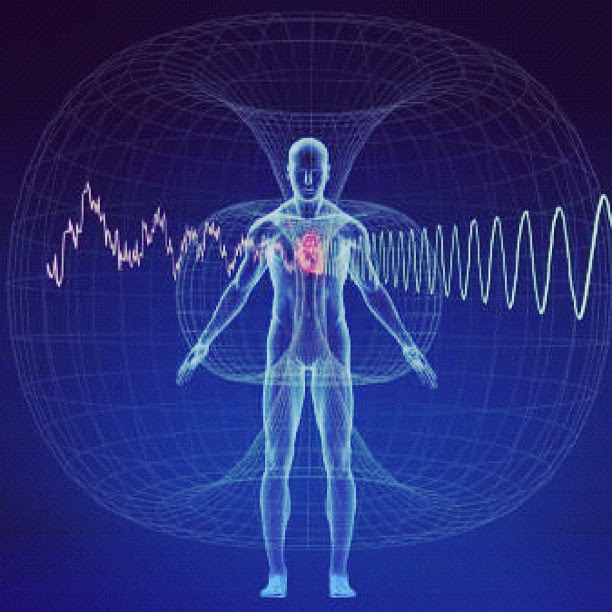
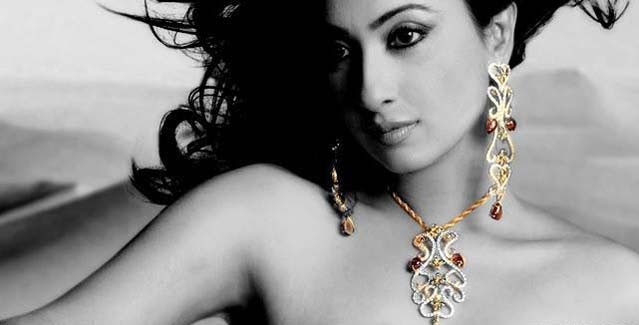

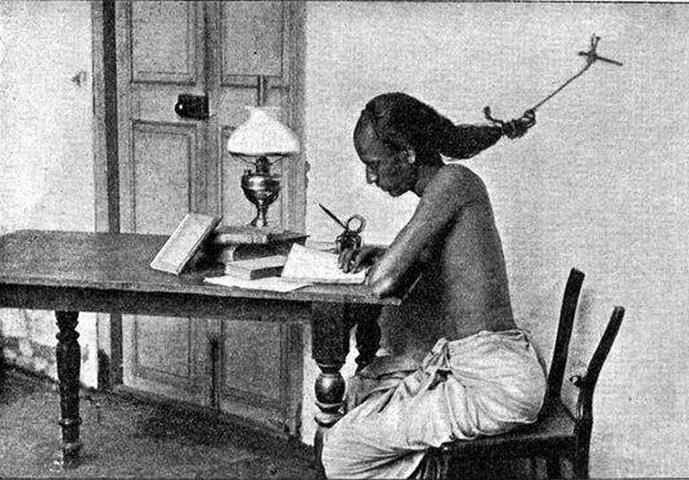
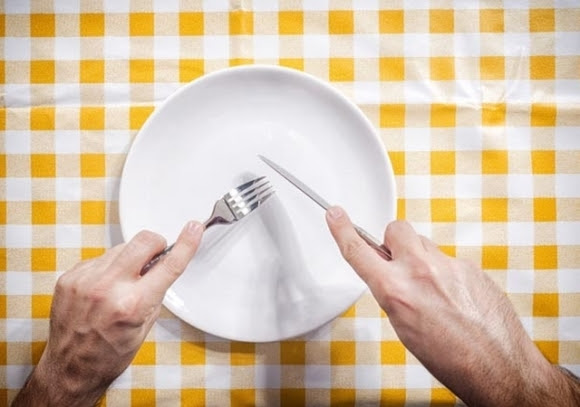
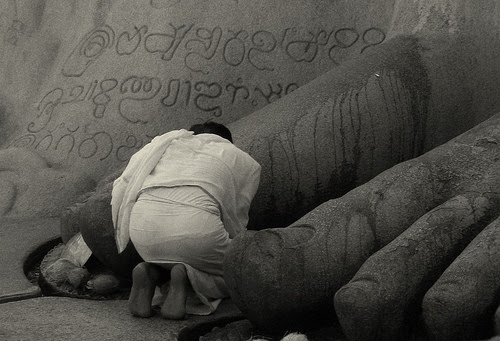

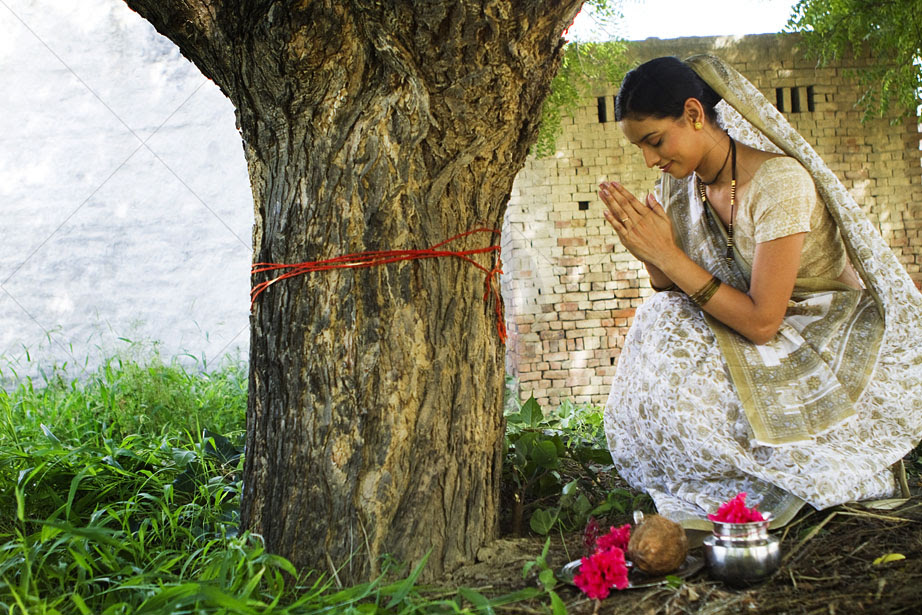
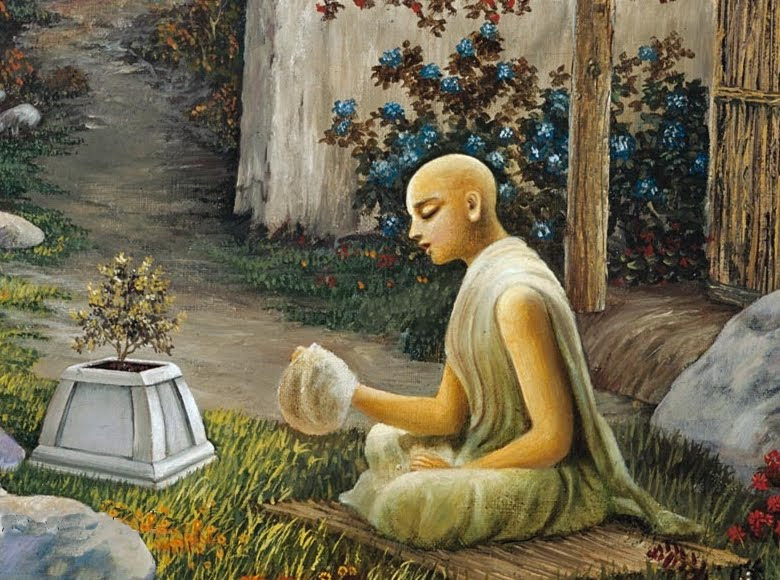
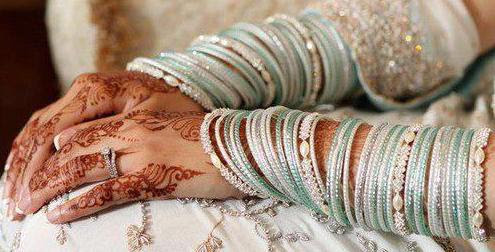


Comments
Post a Comment